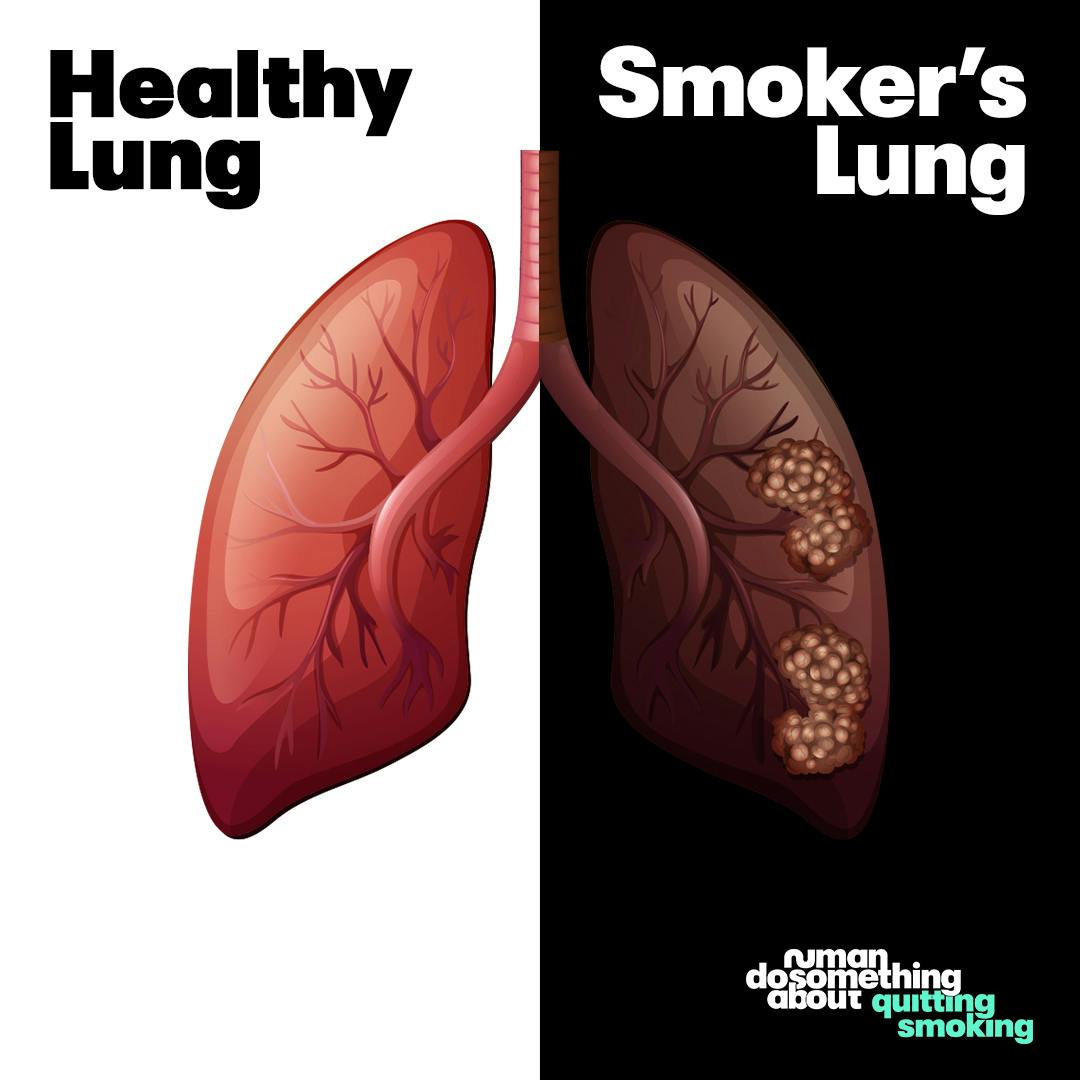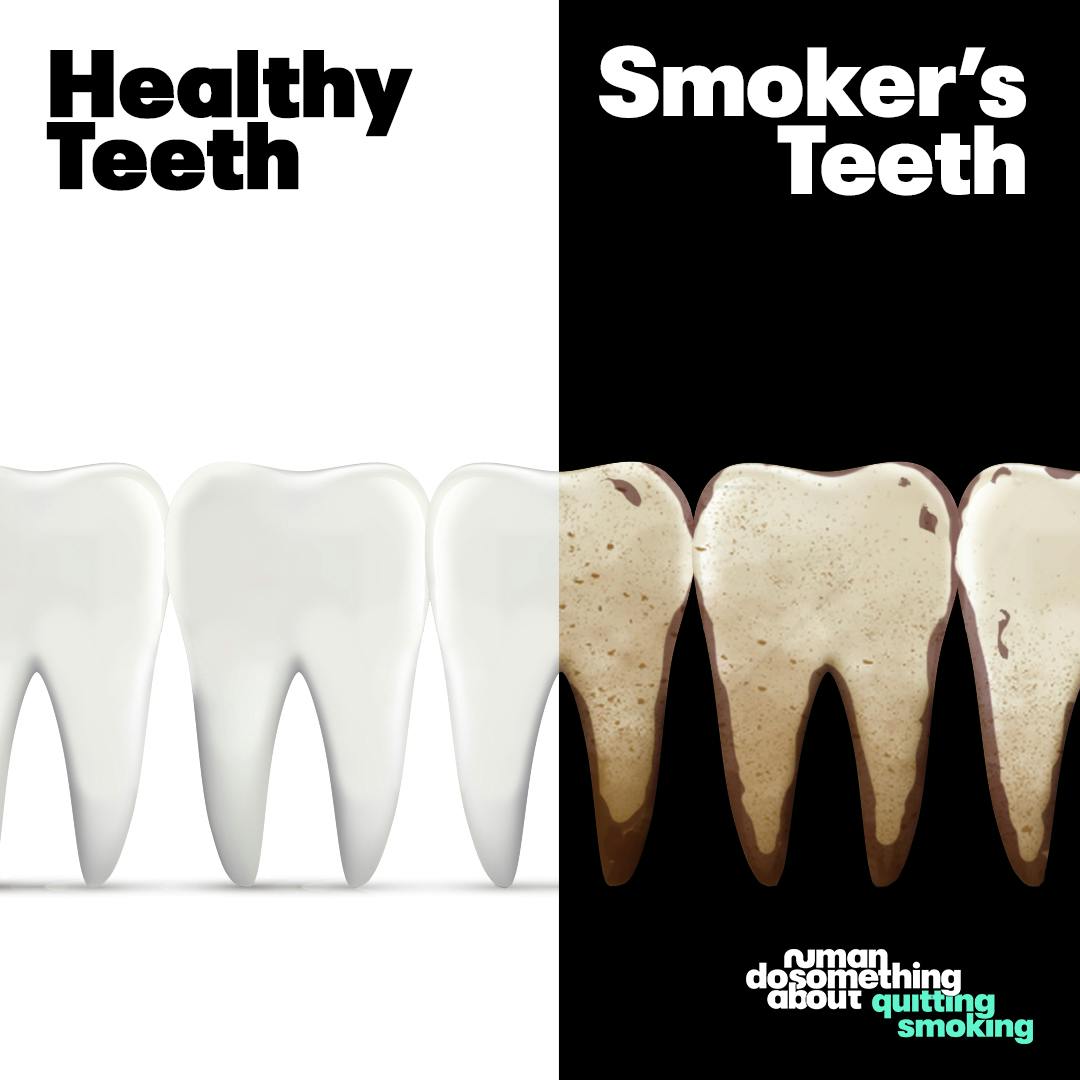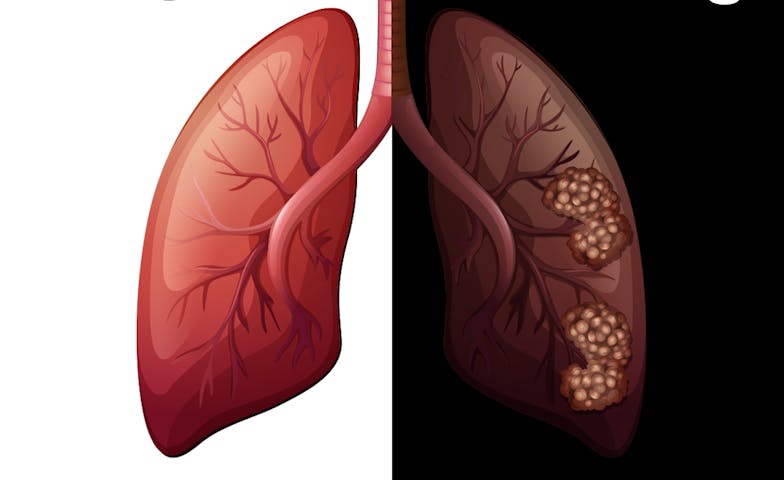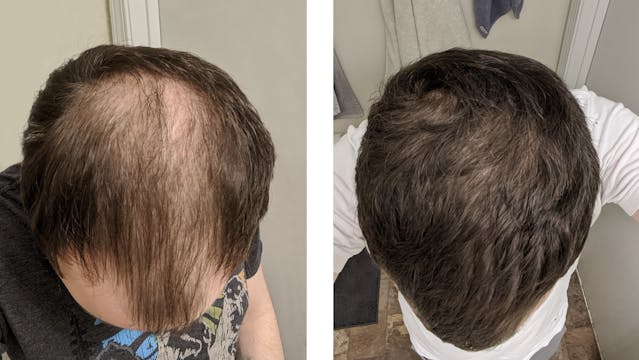Smoking wreaks havoc on our organs and physical appearance. But with reversible damage and instant benefits, quitting smoking is the single greatest thing you can do to transform your health.
Laced with nicotine, an extremely addictive substance, quitting smoking is no easy feat. But there’s good news - the benefits of quitting smoking kick in almost instantly.
And it gets even better.
After you quit smoking, the body has a remarkable ability to repair itself, reversing some of the damage done to vital organs.
According to the NHS, smoking increases your risk of developing over 50 serious health conditions. The habit puts you at greater risk of cancer, cardiovascular disease, lung damage, erectile dysfunction and respiratory illness.
So, can the body really repair itself after quitting smoking? And to what extent?
We take a look at how smoking damages the different parts of the body and how the body repairs itself after smoking cessation.
Lungs
Before
Smoking is notorious for its damage to your lungs. It causes an increase in mucus and, over time, deteriorates the lung tissue, making you more susceptible to infection. This destruction of the lung tissue also affects your airflow, reducing the amount of oxygen delivered to vital organs.
There are microscopic hair-like structures called cilia on the lining of the lungs that work to clear mucus and dirt from the airways. Smoking a cigarette hinders this process by paralysing the cilia and can even reduce the number of cilia in the lungs. This can lead to a chronic cough - also known as ‘smokers cough’, or chronic bronchitis.
Smokers are more likely to suffer from emphysema, lung cancer, and chronic obstructive pulmonary disease (COPD).
After
Breathing should ease after just a few weeks of quitting and after a few months, there’ll be a noticeable improvement in lung function. This is particularly important for people with COPD, who are likely to notice a marked enhancement in lung function after 6 weeks.
Smoking cessation allows cilia (the hair-like structures that clean the lungs and airways) to flourish. After a few months of quitting, this function will have had time to replenish and clear airways.
The risk of lung cancer is halved after 10-15 years of smoking cessation.
Image of lungs before and after quitting smoking:

Penis
Before
Smoking has been linked to erectile dysfunction. This is likely because cigarette smoke affects the activity of nitric oxide. Nitric oxide is a key molecule for getting an erection as it widens blood vessels, allowing more blood flow to the penis. If erectile dysfunction is a problem for you, you may need medication such as sildenafil or Virga Connect.
Smoking can reduce fertility with the volume of semen, sperm count, and percentage of motile sperm found to be lower in men who smoke compared to men who don’t smoke. The NHS recommends quitting smoking if you’re trying for a baby.
After
It’s thought that smoking results in oxidative stress in the body, which has a devastating impact on the mechanisms of male fertility. Quitting smoking will cease the negative effects that it has on semen and sperm.
For the majority of men, smoking cessation will improve erectile dysfunction. If erectile dysfunction persists, it’s important to screen for underlying causes with a blood test, as erectile dysfunction may signal a serious underlying health issue.
Stomach
Before
Smoking can exacerbate acid reflux because tobacco relaxes the lower oesophageal sphincter, allowing stomach acid to travel up into the oesophagus.
After
Gastro-oesophageal reflux disease (GORD) is a chronic condition that results in persistent acid reflux. A study on the long-term effects of quitting smoking and GORD found that reflux symptoms were significantly decreased.
If you have persistent acid reflux you should speak to your GP for a diagnosis as it may be a sign of an underlying health condition. You might benefit from treatment or an acid reflux diet plan.
Hair
Before
With the negative impact on circulation, smoking reduces the amount of nutrient-rich blood delivered to the scalp, which is important for healthy hair growth. The hair follicles are starved of nutrients and oxygen, which shortens the growth stage of the hair cycle. A study on 1000 healthy men found that smokers were much more likely to experience hair loss than non-smokers. Studies have also found a link between smoking and the onset of grey hair.
After
Smoking cessation will prevent further signs of premature ageing, reducing the risk of grey hair and hair loss. If you're experiencing hair loss, it's a good idea to seek treatment to prevent further deterioration of the condition.
Teeth
Before
It’s fairly well-known that smoking can cause a yellow discolouration on your teeth - but the oral destruction doesn’t stop there. The habit can also impair your sense of smell and taste and make you more susceptible to mouth sores and diseases. The Centers for Disease Control and Prevention reports smokers are twice as likely to develop gum disease than non-smokers.
Smoking supports the build-up of plaque and tartar, which can eventually lead to tooth decay and cause tooth loss. With frequent exposure to harmful chemicals, smoking can even lead to oral cancer.
After
Quitting smoking will reduce the likelihood of gum disease and tooth loss. The extra plaque and tartar build-up from smoking will reduce, giving you healthier-looking teeth.
Image of teeth before and after quitting smoking:

Skin
Before
Smoking starves your skin of oxygen and important nutrients. This is because the toxic chemicals in tobacco interfere with circulation, reducing blood flow to the lower layer of the skin (the dermis) which can cause a pale or grey discolouration.
It’s also thought that smoking reduces the production of an important enzyme for the breakdown of collagen. Collagen is an essential structural protein for the elasticity of the skin and a lack of collagen leads to wrinkles and sagging skin. This, combined with frequent pursing of the lips, means smokers often have wrinkles around the lips and crows feet (wrinkles around the eyes).
Smoking can also be damaging to a range of skin conditions such as psoriasis, discoid lupus erythematosus and hidradenitis suppurativa.
Your risk of skin cancer is also increased, and your body’s ability to heal wounds is impaired.
Smoking can also cause yellow stains on hands and fingers.
After
Smoking cessation improves your circulation, meaning more oxygen and nutrients can reach the skin. This should give you a healthier complexion.
Although signs of ageing can’t be reversed, quitting smoking prevents any further premature ageing.
The yellow stains on your hands and fingers will fade after smoking cessation.
Blood
Before
When you smoke, the heart pumps contaminating chemicals through the blood vessels around the body. This puts you at risk of all sorts of health problems such as hypertension (abnormally high blood pressure), stroke, aneurysms, and peripheral artery disease.
After
After smoking cessation, the harmful chemicals, such as carbon monoxide, will soon begin to clear from your blood, allowing more oxygen to reach vital organs. Within 2 to 4 years of smoking cessation, you’re at no more risk of having a stroke than lifetime non-smokers. If you want to know more about what's in your blood, take a blood test and screen for cholesterol, vitamins, liver function and kidney function.
Heart
Before
When you breathe in air, oxygen is delivered to your heart, which pumps the oxygen-rich blood around the body. If you smoke, toxic chemicals are pumped into the blood. This is extremely harmful to the heart and surrounding blood vessels, and can cause coronary heart disease or a heart attack.
Smoking also increases your heart rate, which can reduce life expectancy.
After
Just 20 minutes after you quit smoking, your resting heart rate should drop to normal levels.
The risk of cardiovascular disease also plummets dramatically after smoking cessation.
After 1 to 2 years, your risk of a heart attack drops, and after 15 years, your risk of coronary heart disease is similar to a non-smoker.
Bones
Before
As circulation is compromised, less oxygen is delivered to the bones and you’re more likely to suffer from a condition called osteoporosis, which makes you more susceptible to bone fractures.
After
The effects of smoking on bone health can, in part, be reversed by quitting, with a lower risk of fractures and a reduction in bone loss.
The bottom line
Smoking causes dozens of health issues in almost all parts of the body. Your lungs, skin, teeth, hair, blood, heart, bones, stomach and reproductive health are all put at particularly high risk by smoking. The good news is that the benefits of quitting kick in almost instantly and you can go some way to reversing a huge amount of the health complications caused by smoking.






